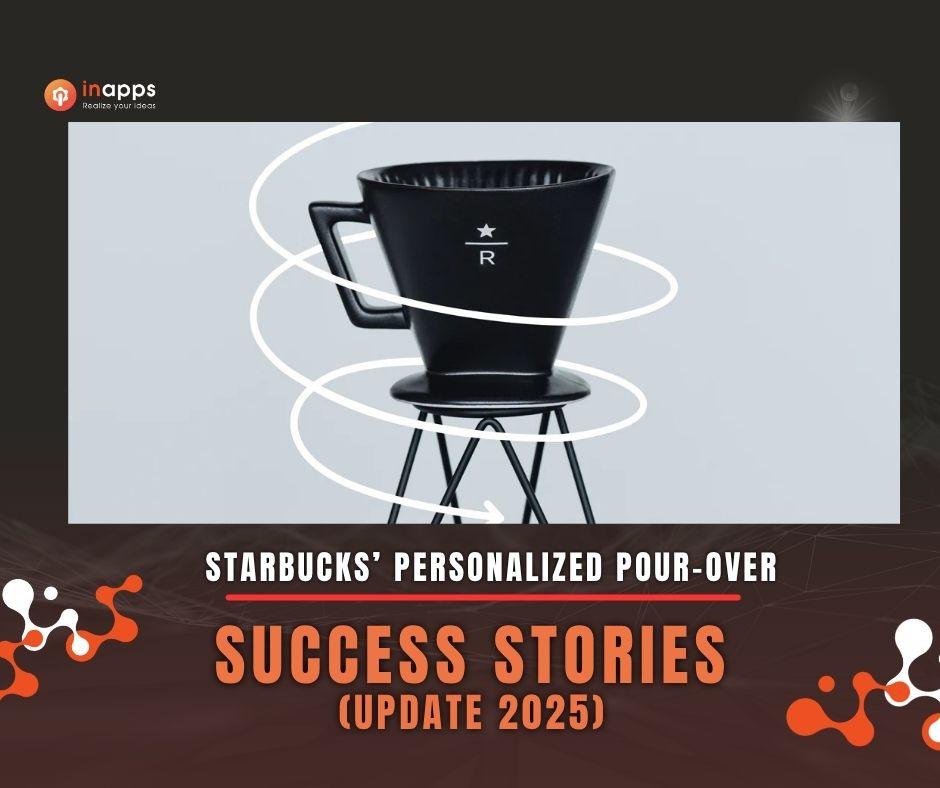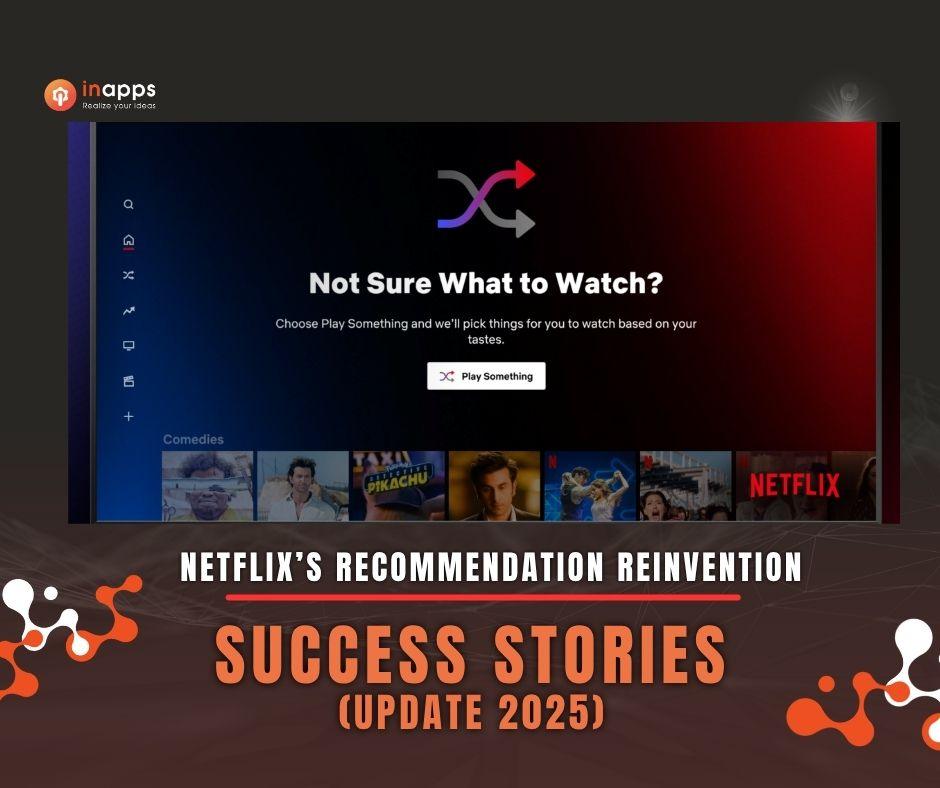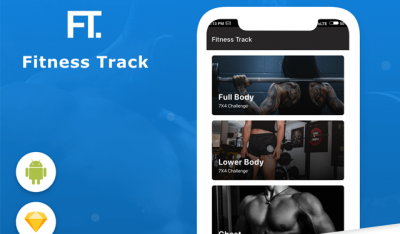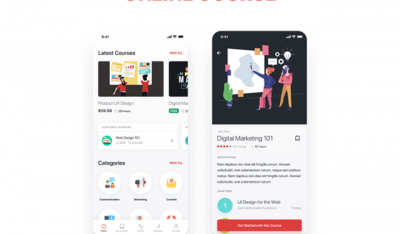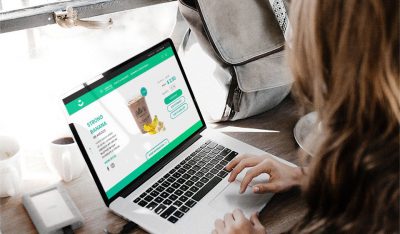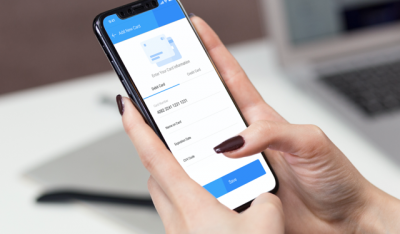Turning AI from Buzzword to Business Boost
AI automation isn’t just a flashy tech trend—it’s the engine behind faster deliveries, more engaging customer experiences, and leaner operations. In the sections that follow, you’ll discover how seven leading brands have rolled out AI-driven solutions, the concrete results they achieved, and simple lessons you can apply right away.
Amazon’s Warehouse Revolution
At Amazon’s fulfillment centers, more than 200,000 Kiva
robots zip between shelves, guided by machine-vision picking systems and real-time route optimization. The result? Fulfillment costs have dropped by roughly 20 %, and one-day shipping is now a scalable reality. If you’re looking for a quick SEO win, consider embedding an image of those orange bots with the alt text:
“AI-driven automation robots sorting inventory at an Amazon fulfillment centre” This simple step can help search engines understand your content and boost visibility for “warehouse automation” and “AI-driven logistics.”
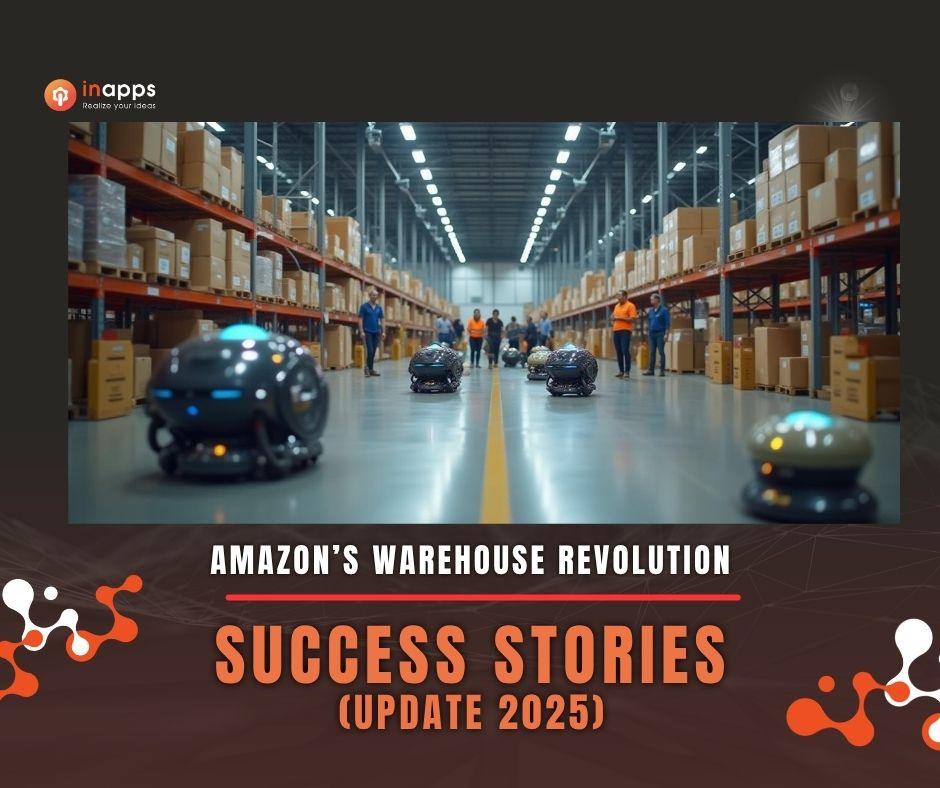 AI-driven logistics business success stories
AI-driven logistics business success stories
Starbucks’ Personalized Pour-Over
Starbucks uses a reinforcement-learning engine inside its mobile app to tailor offers based on individual tastes and buying habits. After implementation, click-through rates on these hyper-personalized promotions jumped by 150 %, and average order values rose significantly. This success shows that even a global coffee chain can humanize its digital outreach – proving that “personalized marketing” and “AI automation” aren’t reserved for Silicon Valley startups.
AI-driven personalization in F&B business success stories
Netflix’s Recommendation Reinvention
Ever wonder how Netflix seems to know exactly what you want to watch next? Their platform analyzes over 200 unique taste signals per user with deep neural networks. Thanks to AI-driven suggestions, about 80 % of all streams begin with a recommended title, cutting churn and keeping viewers glued to the service. When you write about “next-gen recommendation engines,” point to Netflix as the benchmark for subscription retention.
AI-driven personalization in entertainment business success stories
Coca-Cola’s Supply-Chain Crystal Ball
Predicting what will sell and where is hard—unless you’re Coca-Cola. By marrying demand-forecasting machine-learning models with automated route planning, Coke has slashed over-stock costs by nearly 30 % and almost eliminated stock-outs. Brands looking to rank for “predictive supply-chain planning” should highlight how AI not only drives efficiency but also advances sustainability goals.
Tesla’s Lights-Out Factory
Tesla’s Gigafactories practically run themselves. Computer-vision quality checks and collaborative robotic arms reduced Model Y assembly time from 10 hours to about 4. CEO Elon Musk even calls the factory’s AI systems the company’s “real product.” When you craft content around “lights-out manufacturing,” Tesla offers a compelling narrative about how automation accelerates production and innovation.
JPMorgan Chase’s Document Whisperer
COiN—the AI contract interpreter at JPMorgan Chase—uses natural-language processing to parse legal documents and flag anomalies. It has reclaimed 360,000 human hours annually and driven the error rate below 1 %. For financial services marketers aiming at “NLP document review,” this case study underlines that precision and compliance go hand in hand.
Spotify’s Feel-Good Playlists
Spotify’s dynamic playlists blend graph neural networks with contextual bandits to serve up tracks that keep you listening longer. Thanks to this sophisticated AI curation, users spend 30 % more time on the platform, and subscriber growth is climbing. Anyone writing about “AI-powered playlist curation” should point to Spotify’s peer-reviewed results at RecSys 2024 as proof of concept.
Quick‑Glance Results Table
| Company |
Use Case |
Key Metric |
Tech Highlight |
| Amazon |
Warehouse robots |
−20 % fulfilment cost |
Kiva fleet routing |
| Starbucks |
Offer personalisation |
+150 % CTR |
RL algorithm |
| Netflix |
Content suggestions |
80 % streams from AI |
Deep taste vectors |
| Coca‑Cola |
Supply‑chain planning |
−30 % over‑stock |
Demand forecast ML |
| Tesla |
Automated assembly |
−60 % assembly time |
CV quality control |
| JPMorgan |
Contract parsing |
360 k hrs saved |
NLP COiN system |
| Spotify |
Playlist curation |
+30 % listen time |
GNN recommender |
Your Next Steps with AI Automation
-
Pilot a Single Process: Choose a task—like invoice matching or email personalization—that’s ripe for clear, quantifiable gains.
-
Prioritize Data Quality: Build a clean, well-documented data pipeline; shaky inputs lead to shaky outcomes.
-
Celebrate and Share Wins: Publish your metrics openly—a little transparency goes a long way toward building credibility.
Ready to see what AI can do for you? 👉 Book your free AI-readiness audit and uncover the first workflow you can automate.
FAQ
Q1. What is AI‑driven automation?
A business process where machine‑learning models trigger actions without human intervention-e.g., robotic picking, personalised marketing, or NLP document review.
Q2. How fast can companies see ROI?
Case studies show payback in 6–12 months when the use case has clear cost or revenue levers.
Q3. Is AI automation only for tech giants?
No. Cloud APIs and low‑code platforms let SMBs automate tasks like invoice matching or chatbot support for under $1 000/month
Key Take‑Aways & Next Steps
-
Start small, scale fast: Pilot a narrow process with measurable KPIs.
-
Mind data quality: Poor data = poor automation; invest in clean pipelines.
-
Showcase wins: Publish transparent metrics to build trust and authority.
Ready to unlock similar gains? 👉 Book a free AI‑readiness audit and discover which workflows you can automate first.
 AI-driven logistics business success stories
AI-driven logistics business success stories 